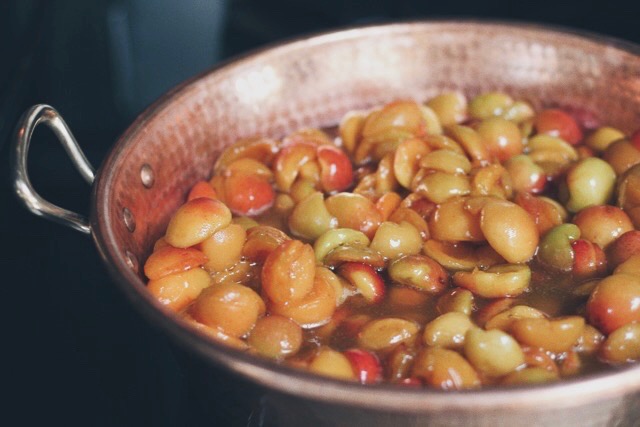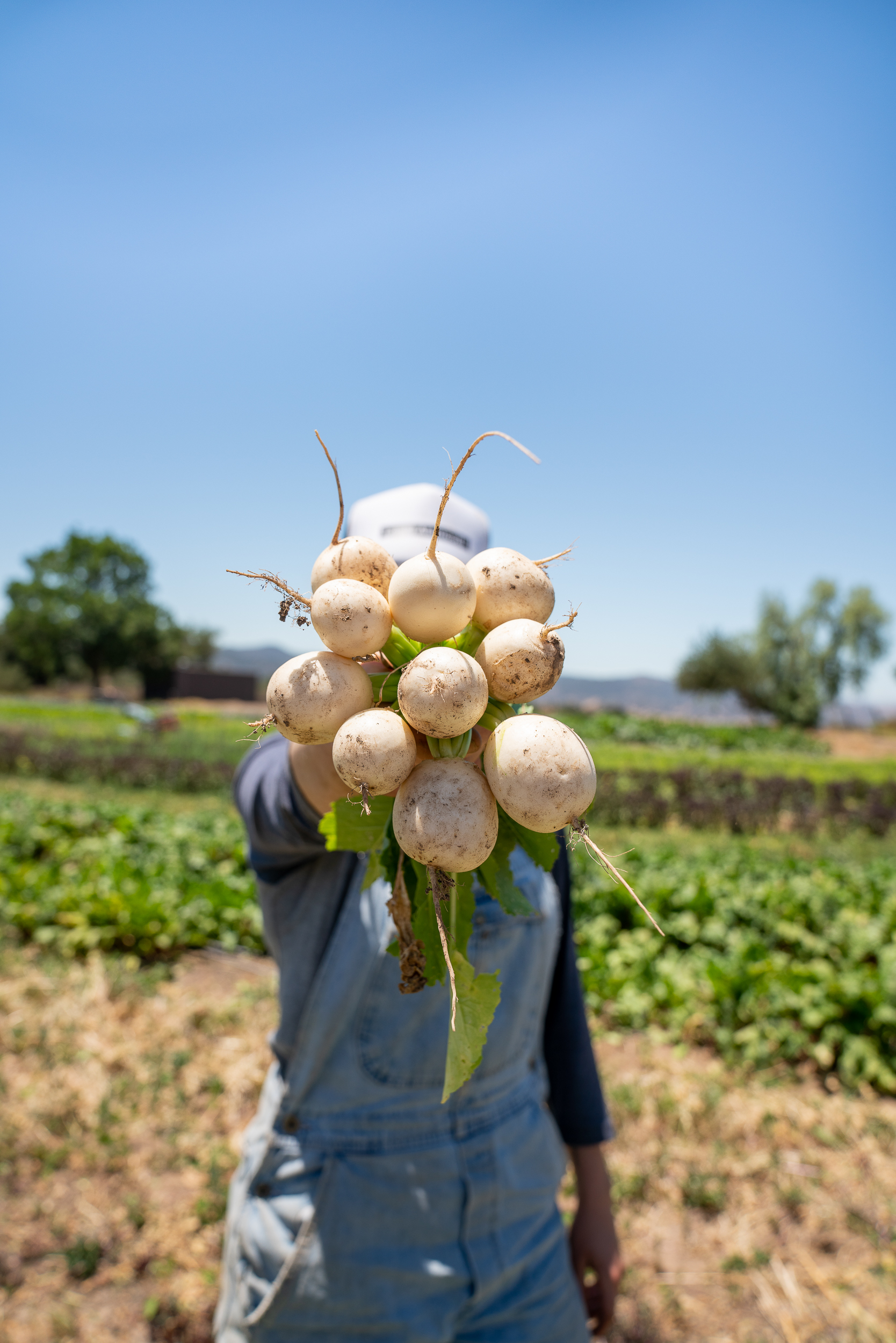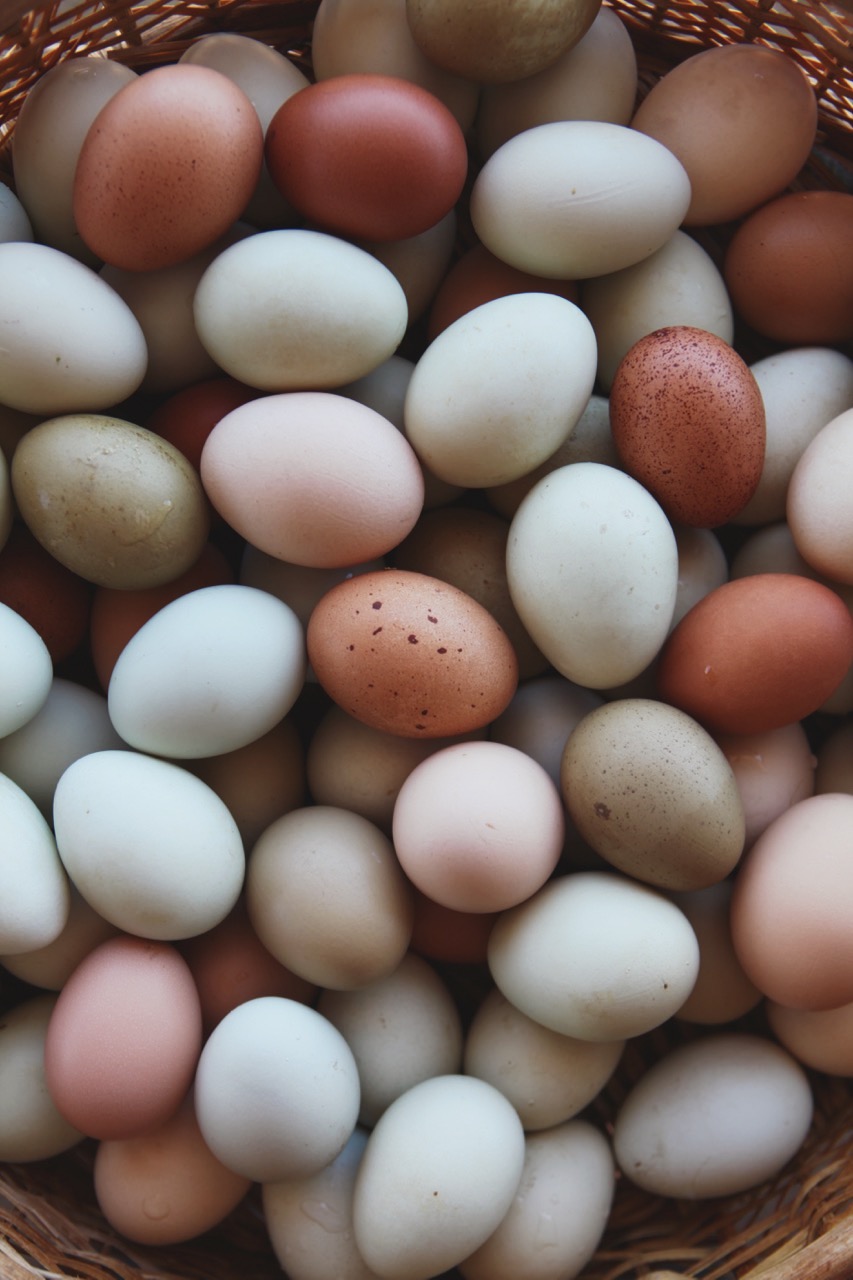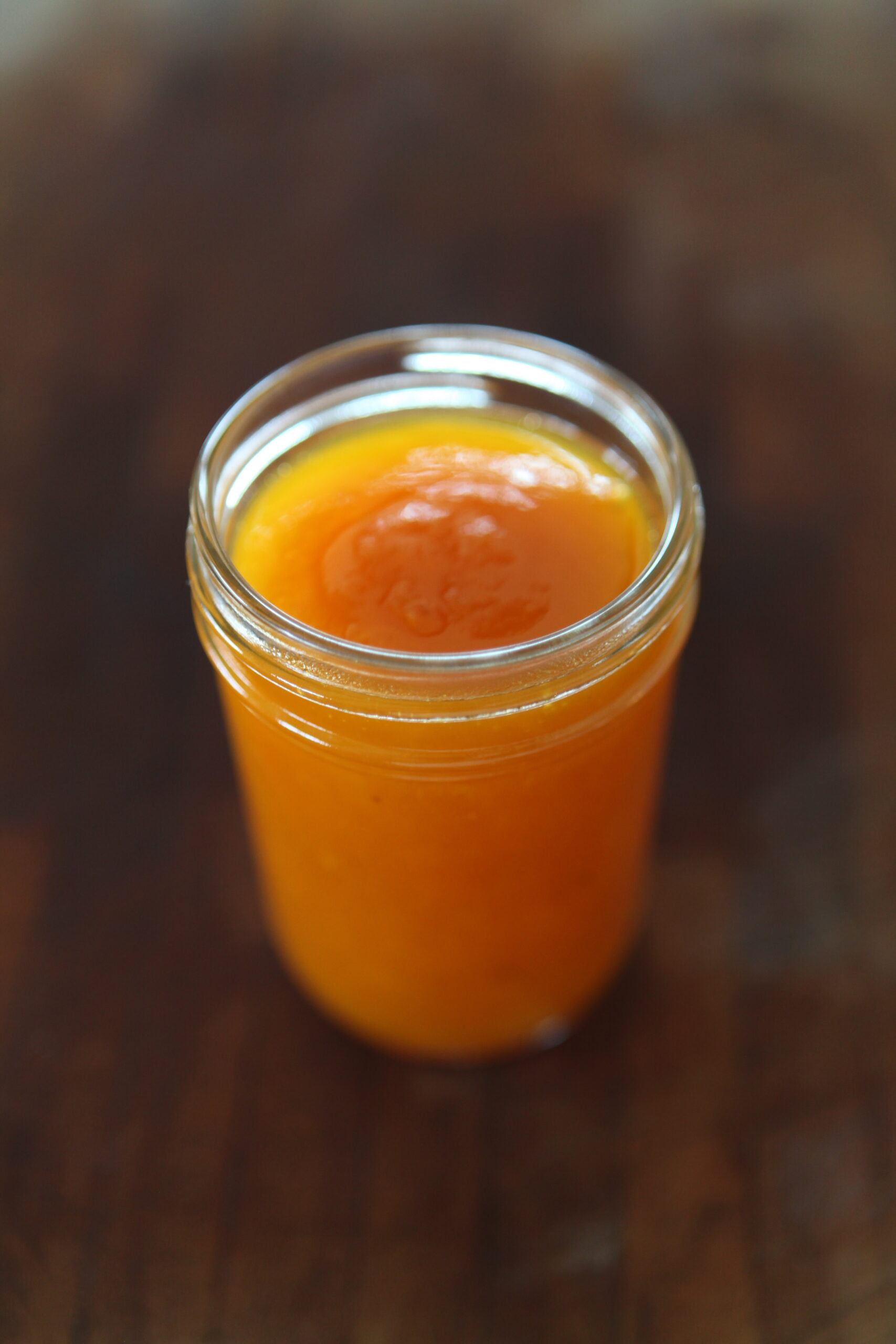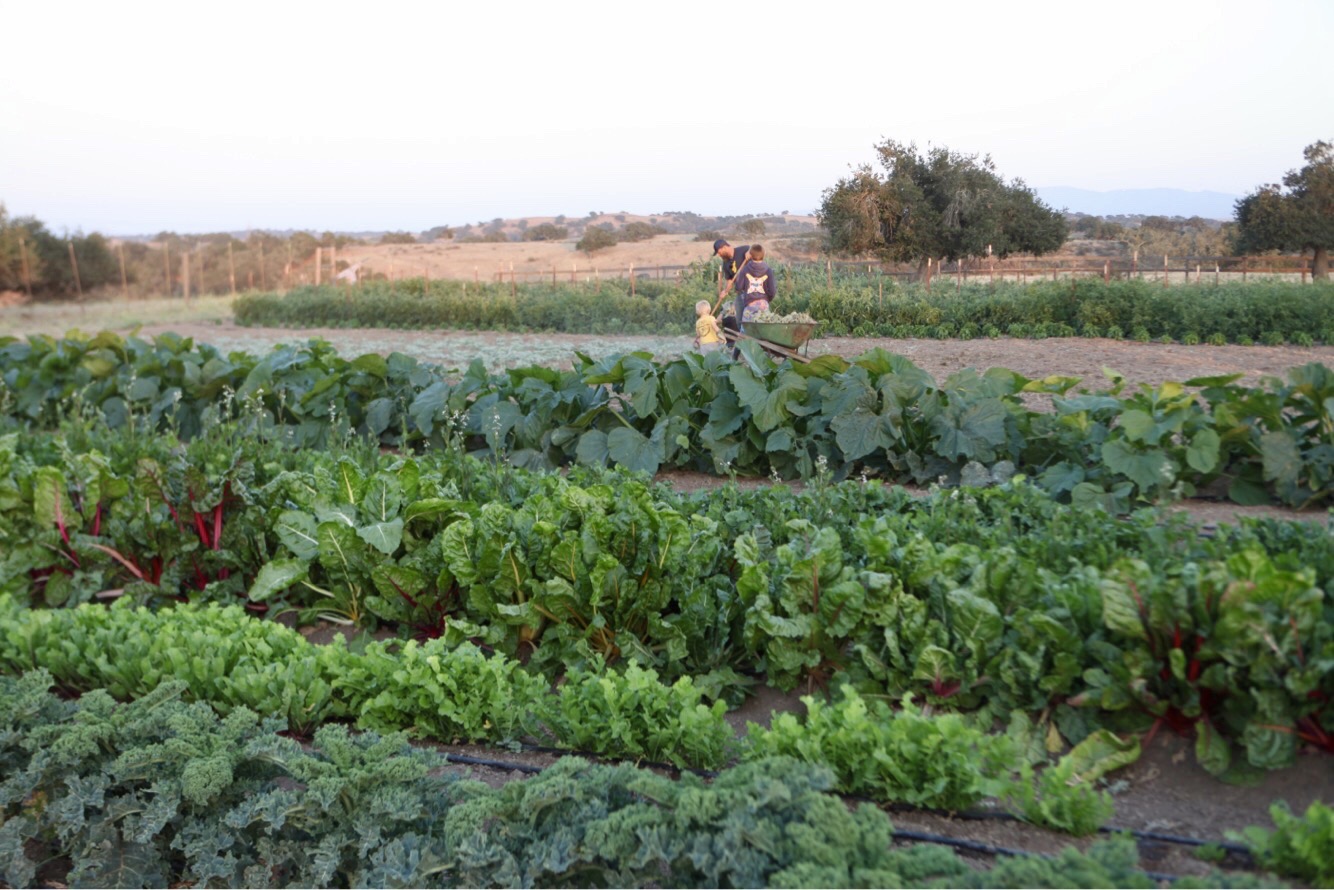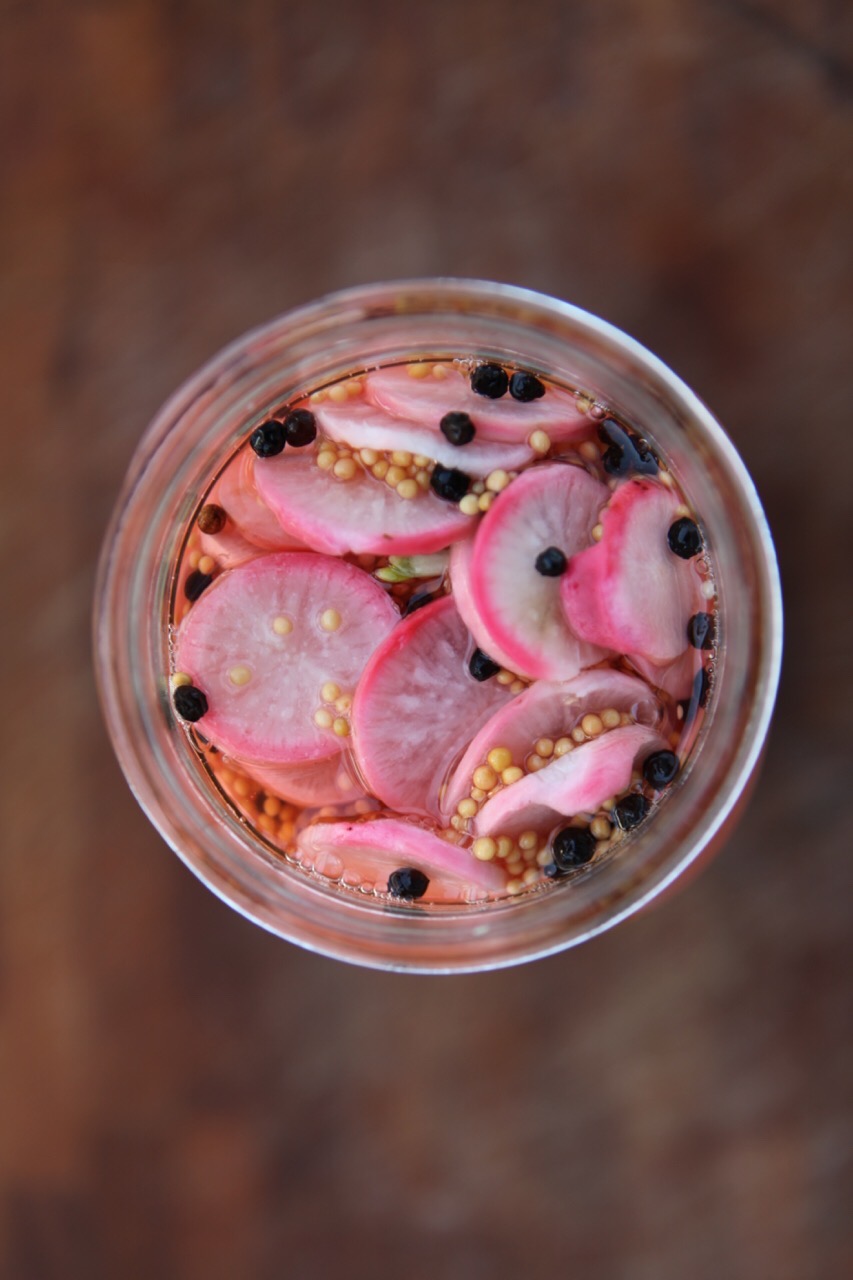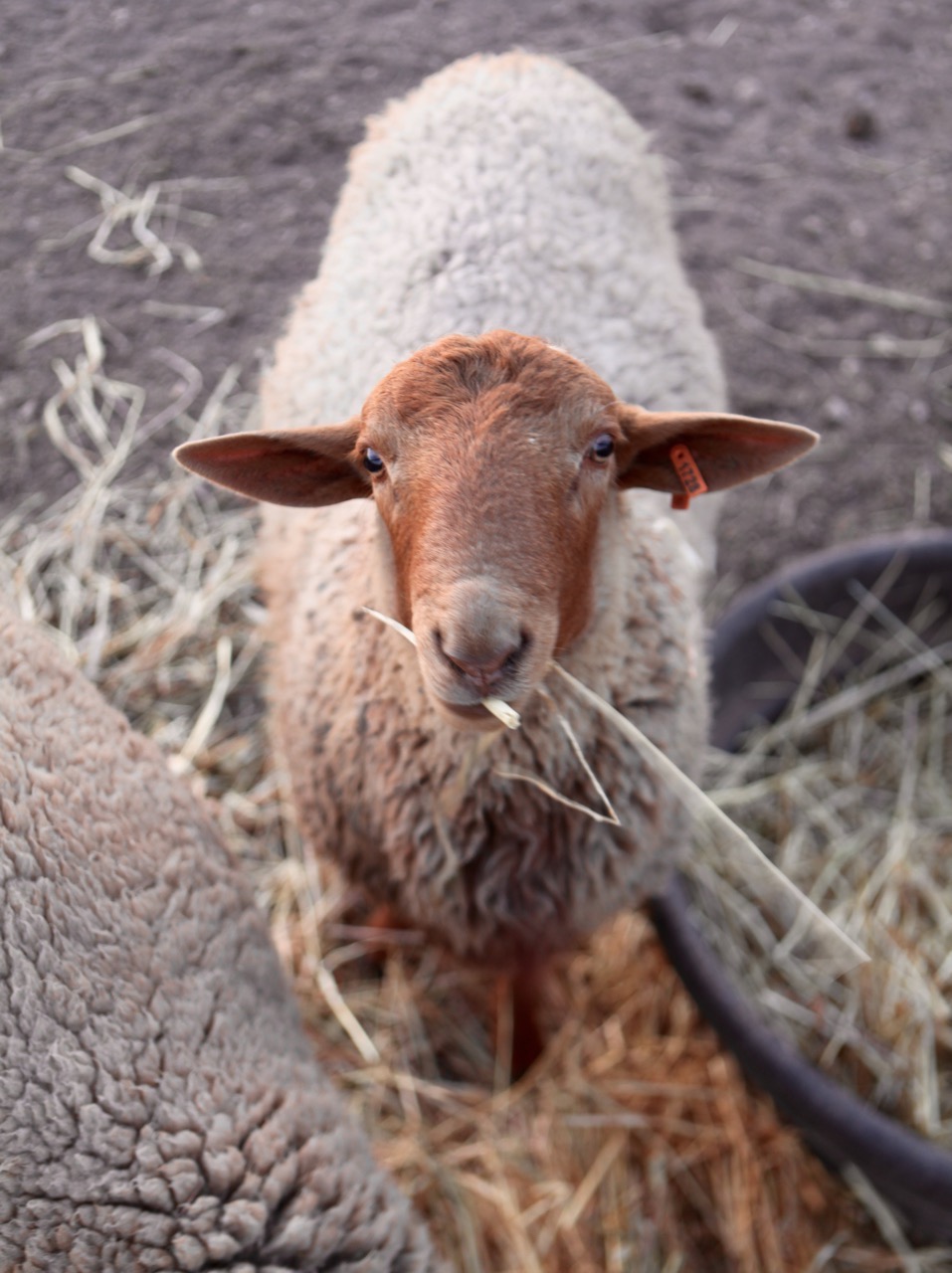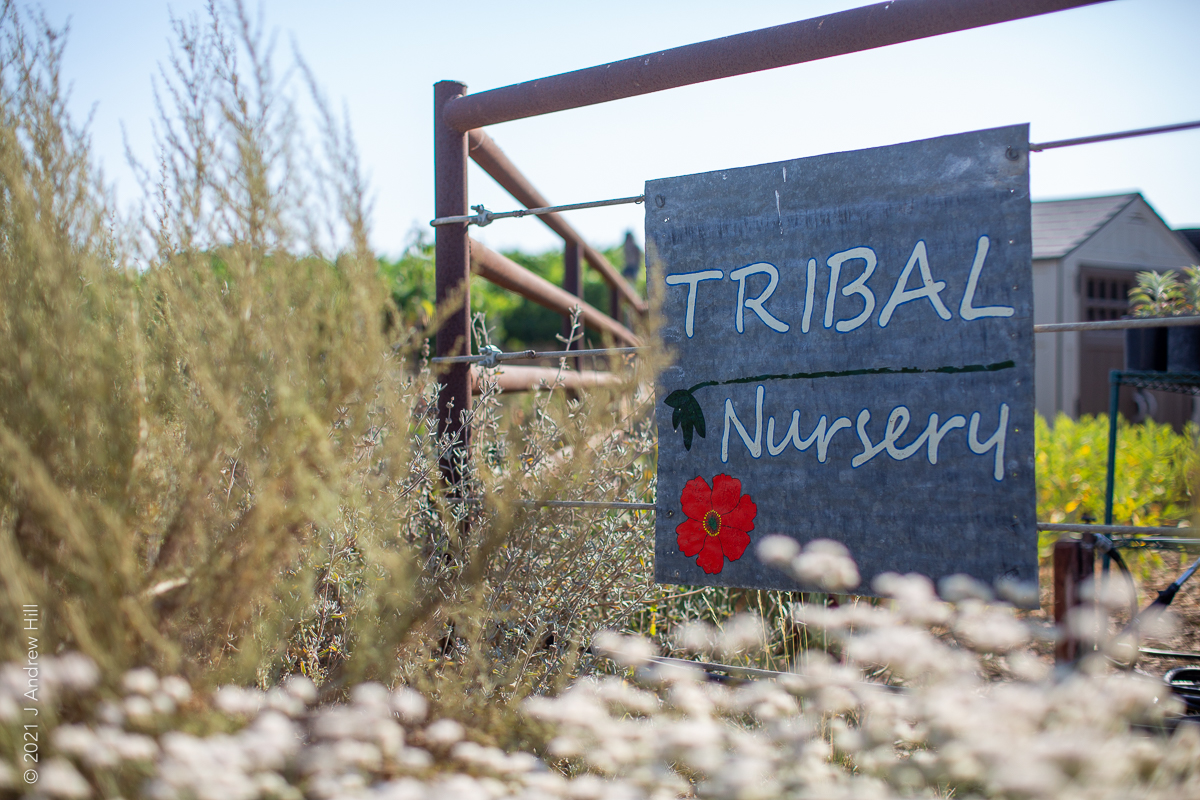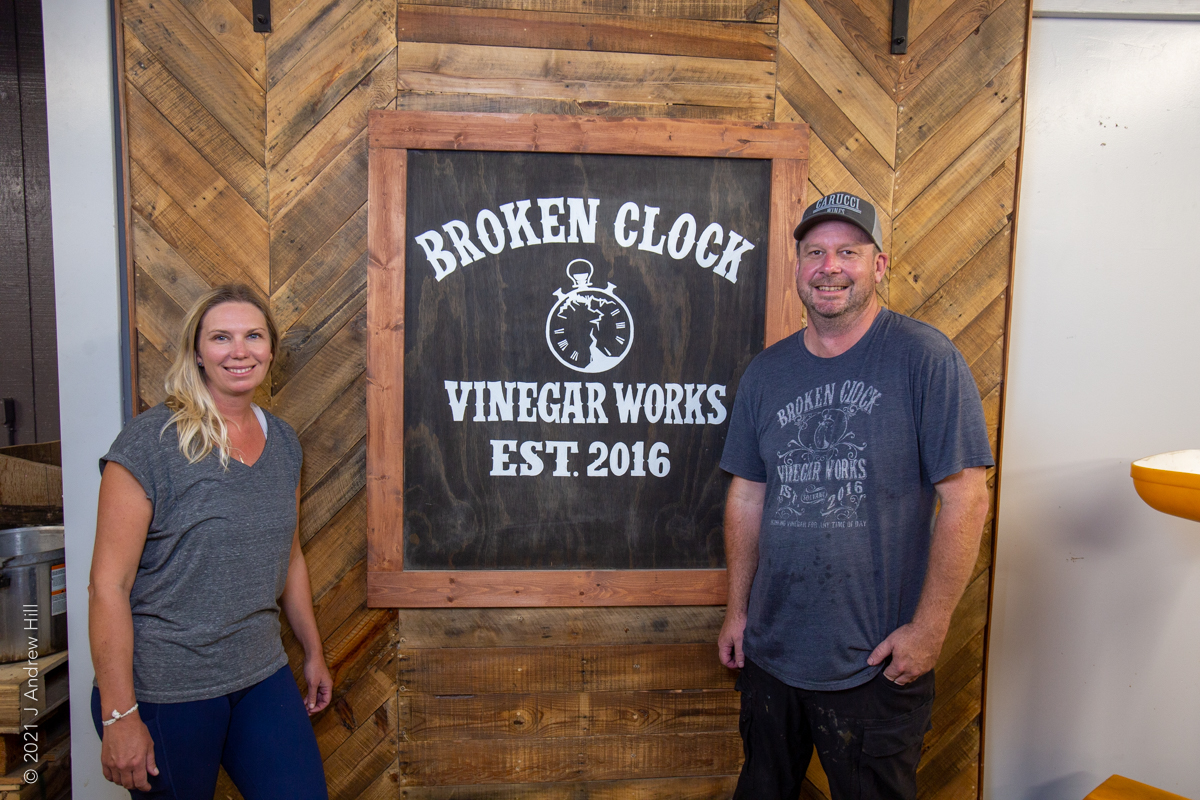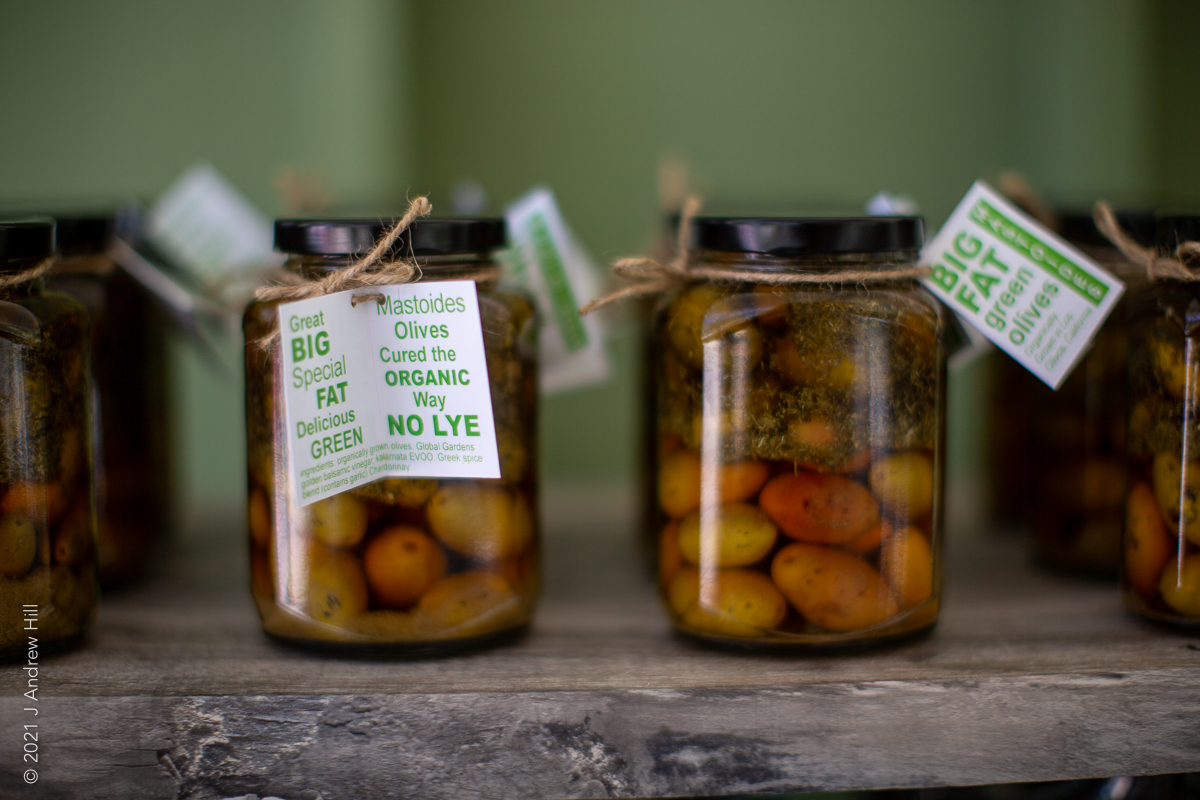Located in Los Alamos, Elder Flat Farm’s mission is to cultivate community and connections, and increase access to nutrient-rich foods. Using regenerative agricultureEnvironmental Regeneration: systems of growing food that reclaim carbon and nutrients on the land by increasing biodiversity, building soil health, and improving watersheds to produce healthier food and lessen the impacts of climate change. and biodynamicBiodynamic: A holistic, ecological, and ethical approach to farming, gardening, food, and nutrition rooted in the work of philosopher and scientist Dr. Rudolf Steiner. methods, the farm focuses on building healthy soils, diversifying crops, and compostingComposting: Compost is made by decomposing organic materials into simpler organic and inorganic compounds in a process called composting. This process recycles various organic materials otherwise regarded as waste products. A good compost is rich in plant nutrients and beneficial organisms.. Their Community Supported Agriculture (CSA)Community Supported Agriculture (CSA): A system that more directly connects producers and consumers in a food system by allowing consumers to subscribe to receive the harvest of a certain farm or group of farms. program provides weekly pre-made boxes of seasonal produce at an affordable price that in turn supports the farm’s financial sustainability – and they partner with local eateries like Full of Life Flatbread to provide the freshest local produce for their menus.
Owner and farmer Carla Malloy is passionate about food preservationFood Preservation: Food by its nature begins to spoil the moment it is harvested. Food preservation is a means of saving food and making it last longer. This includes: freezing, drying, canning picking, jamming, fermenting, or smoking foods. and has practiced almost every method including canningCanning: A method of preserving food in which the food contents are processed and sealed in an airtight container. Canning provides a shelf life that typically ranges from one to five years, although under specific circumstances, it can be much longer., fermentingFermentation: Fermentation is an ancient technique of preserving food. Fermentation is a natural process through which microorganisms like yeast and bacteria convert carbs — such as starch and sugar — into alcohol or acids., jammingJamming: A food made by boiling fruit and sugar to a thick consistency. Jams have a soft, semi-jellied, or thick pureed texture that is easy to spread., dryingDrying: Drying is the simple process of dehydrating foods until there is not enough moisture to support microbial activity. Drying removes the water needed by bacteria, yeasts, and molds need to grow., picklingPickling: The process of preserving or extending the shelf life of food by either anaerobic fermentation in brine or immersion in vinegar. This food preservation method gives the food a salty or sour taste., and freezingFreezing: Freezing is the easiest, most convenient, and least time-consuming method of preserving foods. Freezing, in food processing, is a method of preserving food by lowering the temperature to inhibit microorganism growth.. From pickled carrots and peppers to canned pasta sauces and jams, her inspiration stems from memories of going to her grandmother’s house and hearing the distinct popping sound of opening a sealed can of homemade cinnamon applesauce. These memories imprinted on her at an early age and heavily influence what she grows on the farm today. She is always asking herself, “What can I can next?”
In addition to her love for preserving anything she can find, Carla chooses to preserve food because it is a powerful way to prevent food waste, increase food accessFood Access: A person’s ability to access food while considering many barriers such as geography, transportation, availability of healthy foods, and affordability., and extend the harvest to enjoy throughout the year: “Food preservation is beautiful because it highlights “seconds,” produce that might be a little ripe – or ugly – for market.” Utilizing these “seconds” puts fresh food that would otherwise go to the compost pile or the landfill back into the mouths of eaters.
In an effort to strengthen food system resiliencyFood Resilience / Resilient Food System: A food system that can withstand and recover from unforeseen disturbances and changes over time to supply sufficient, appropriate, and accessible food for all. and expand food securityFood Security / Food Insecurity: Food security refers to the economic and social condition of reliable access to an adequate amount of food for an active, healthy life for all household members. A household is food insecure when food security does not exist. and food sovereigntyFood Sovereignty: Food sovereignty refers to the right of peoples to healthy and culturally appropriate food produced through ecologically sound and sustainable methods, and their right to define their own food and agriculture systems., Elder Flat Farm offers educational classes to share these skills with the community. As Carla points out, “Preserving food builds resiliency within your own food system. It creates a stock of food that is there in the pantry when there is scarcity in the food system. It can be a time consuming process but it saves time and resources in the long run.”
Follow Elderflat Farm on Instagram to learn more and stay updated on future classes and educational farm tours.
